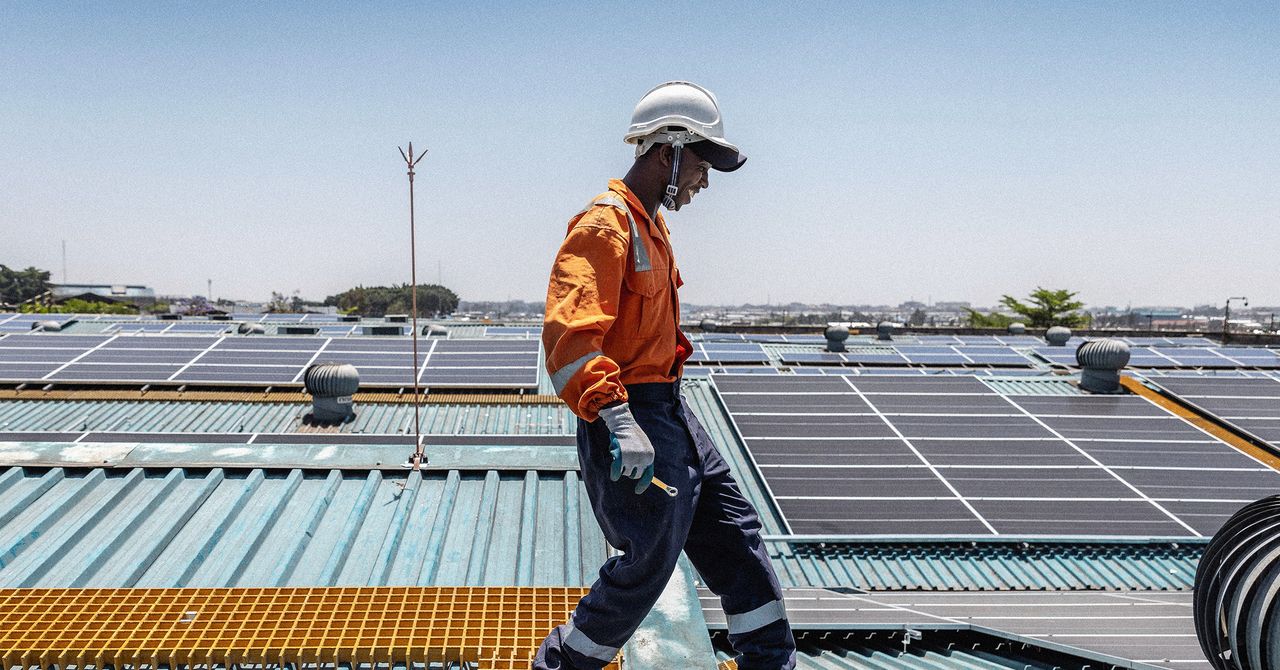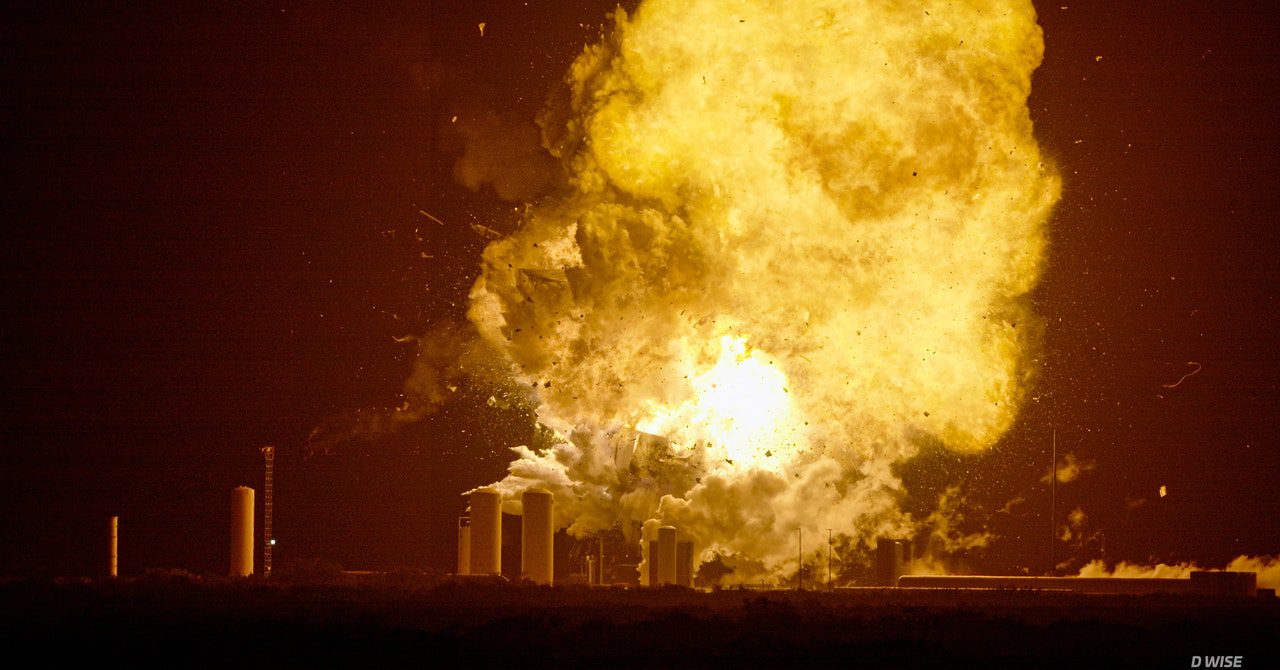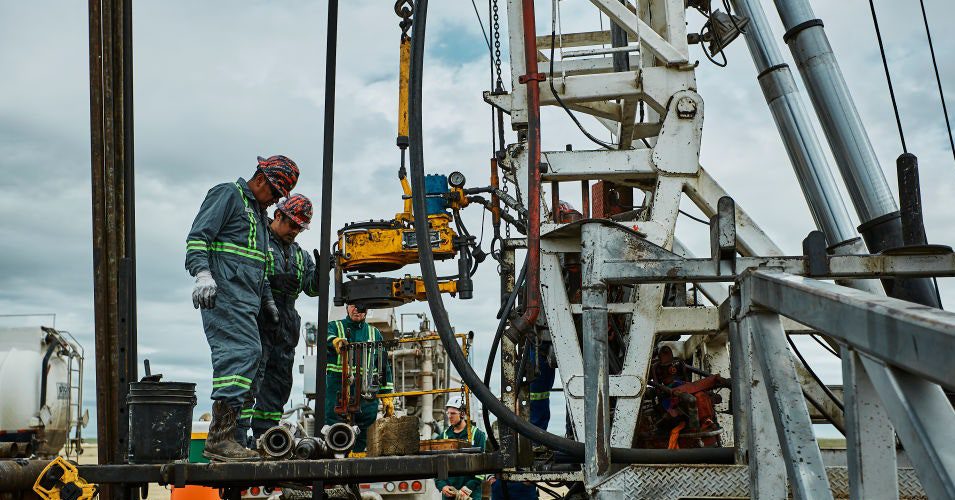“From the start, the Global Gateway has been described as an attempt by the European Union to compete with the overseas infrastructure investment funds of the Belt and Road Initiative. At 300 billion euros through 2027, however, it is a David versus Goliath enterprise,” says Gabriele Rosana, associate researcher at the Institute of International Affairs in Rome. China has already invested massively in clean energy in Africa, with much fewer constraints. “The Union operates within a system of precise rules, issues and constraints unknown to Chinese centralism,” explains Rosana.
According to a study According to Griffith University in Australia, energy-related investments under the Belt and Road Initiative in the first half of 2025 were the highest since 2013, when the initiative was launched – and it was Africa, with $39 billion, that secured the highest contracts in this sector. HAS recent report energy think tank Ember revealed that China exported 15 GW of solar panels to Africa in the year to June 2025, a 60% year-on-year increase in such imports. It is not certain that all of these devices will be installed – some could be commercial triangulation to circumvent customs duties – but in any case, Beijing is positioning itself to benefit from the continent’s green transition.
But Europe is also determined to seize this opportunity. “Over the last two years, competitiveness has gradually, but with increasing conviction, become the key word on the European political agenda, just like defense,” explains Rosana. “International cooperation has also been reinvented from a perspective of strategic autonomy and put at the service of the Union’s global projection, at a time when, with the massive reorganization of trade balances due to the America-China challenge, Europe must quickly diversify its supply chains and its trade. »
The EU is not alone in feeling the need to respond to China’s Belt and Road Initiative. Before President Donald Trump’s second term, the United States also felt compelled to act. In 2021, the administration of President Joe Biden announced an international infrastructure program, Build Back Better World, which the following year was expanded to the G7 and renamed the Global Infrastructure and Investment Partnership (GIP). Among the PGI’s main areas of intervention were energy and Africa: indeed, two solar power plants in Angola, a wind energy and storage system in Kenya and a nickel processing plant for batteries in Tanzania. appeared on the list of first American projects.
But perhaps the most important infrastructure project the West is pursuing in Africa is the Lobito Corridora railway line that will connect the copper deposits of Zambia and the cobalt mines of the DRC to the Atlantic port of Lobito in Angola. Copper is the metal of electrification; lithium, a key ingredient in batteries, two raw materials essential to the green transition, and China currently dominates the supply of both.
The African continent is therefore now a battlefield between superpowers interested above all in its resources. But with a young and growing population – in the sub-Saharan region, the population will increase by approximately 79 percent over the next three decades— and an energy system dominated by fossil fuels, Africa’s decarbonization will be essential to the success of net zero. “The choices Africa makes today,” Von der Leyen said at the September announcement, “shape the future of the entire world.”
This story was originally published on CABLE Italy and was translated from Italian.




